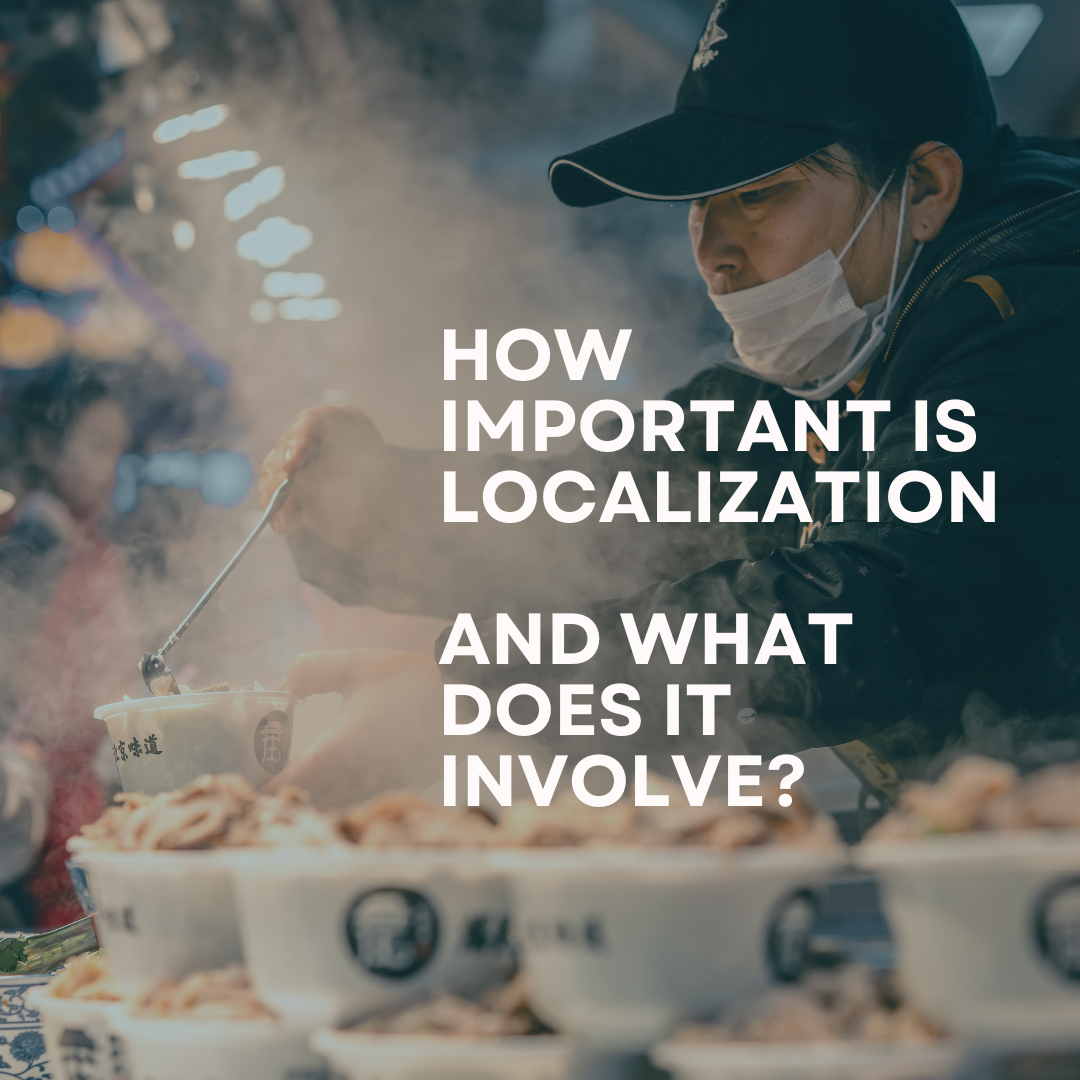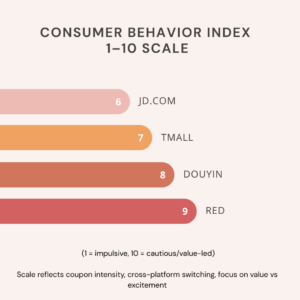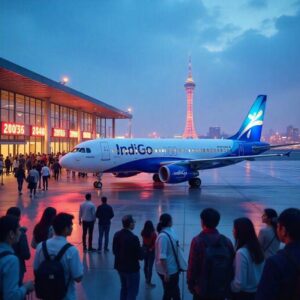If you think localization means translation, your global strategy is already broken.
Localization is how you make your brand feel native — not visible, relevant. And the difference between global noise and local impact usually comes down to five overlooked details.
1. Sound like you live there, not like you Googled it
Localization starts where translation stops.
Using a cultural localization expert gives you emotional nuance, native phrasing, and the kind of brand voice people trust.
Localized example:
A Western brand might say:
“Clean better. Save more.”
But a localized Chinese version might say:
“高效清洁,安心省钱” (Efficient cleaning, peace of mind and savings)
Why? Because in Chinese culture, emotional reassurance (“安心”) carries more weight than just being economical. It’s not just about money — it’s about trust and emotional comfort.
Takeaway: Always localize brand tone, not just words. What people find funny, how they expect to be spoken to, and how much excitement they trust in a brand message all change from one market to another.
2. Don’t just change currency — change priorities
Localization isn’t just making a Shopify site display ¥ instead of $.
It’s about understanding market adaptation — like how in China, product safety and trust are top of mind, while in Australia, convenience and speed matter more.
Takeaway: Localize the user experience (local UX design) based on what motivates each audience.
3. Platform behavior is culture, not just UX
Global teams love to say “we’ll just repurpose this for WeChat.”
Except WeChat users don’t want your Instagram post.
They expect vertical storylines, bilingual typography, and call-to-action buttons inside carousels — not in captions.
Takeaway: Stop assuming content formats transfer. Localize for native behavior.
4. Dates, colors, slang: these things kill trust fast
Want to lose trust in 0.5 seconds?
Show up in white-themed packaging during Chinese New Year.
Or post about “fall deals” to an audience that calls it “autumn.”
Takeaway: Hire someone local to audit your visuals and copy before launch. Every market has deal-breakers.
5. Your best local asset? Local people.
Still centralizing localization decisions from HQ?
Real localization strategy starts with letting regional teams or creators adapt your messaging with on-ground insights.
Takeaway: If you’re serious about growing in Asia, build with Chinese market localization — not just “translation-ready” campaigns.
Final word
If your localized content still goes through three rounds of approvals in New York, it’s not really local. Let the people closest to your audience shape the message.
And if you need help building that kind of bridge between markets, Digital Crew knows exactly how to do it.























